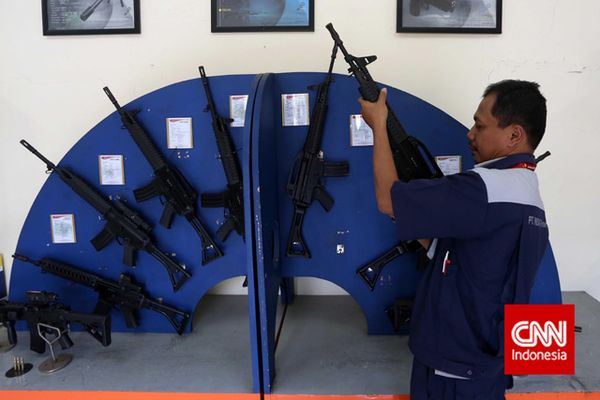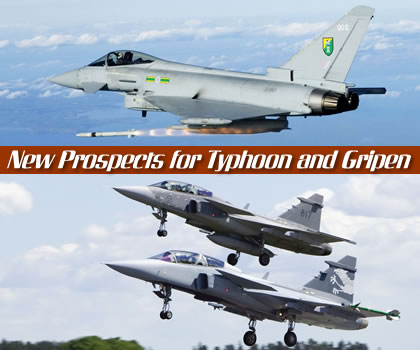The U.S. Air Force is working to mount the Advanced Precision Kill Weapon System (APKWS) to the A-10 Thunderbolt II and F-16 fighter jet, a service official said.
Air Force engineers are experimenting with additional applications the laser-guided precision 2.75-inch folding fin Hydra-70 rocket able to pinpoint targets not suitable for larger Hellfire missiles or small arms fire from the air, said Laura McGowan, an Air Force spokeswoman.
Although APKWS has historically been configured to fire from rotary wing platforms such as the Marine Corps AH-1 Cobra attack helicopter, the Air Force is currently test-firing the laser-guided rockets from fixed-wing aircraft such as the A-10 F-16, McGowan said.
“Testing is currently ongoing and will continue through 2013,” she added.
In fact, the Air Force successfully test-fired APKWS rockets from an A-10 for the first time this past Feb. 13, striking within inches of the intended target, according to an Air Force statement.
While the APKWS, designed for maximum precision, has a Circular Error Probable (CEP) of about 2-meters, the round has exceeded this benchmark in testing and come within inches of targets at ranges up to 5 kilometers, according to BAE Systems officials.
The fixed-wing –mounted laser rockets are identified as a second variant of APKWS, Advanced Precision Kill Weapon System II, service officials said.
APKWS II does involve some technical modifications above and beyond the original configuration such that the weapon can fire from a faster, higher-altitude fixed-wing platform, said Dave Harrold, product line director, precision guidance solutions, BAE Systems.
“This presents very different environmental challenges. It is one thing to shoot one of these from a rotary wing aircraft that is in a hover and not very far off the ground – and another to fire out of a jet aircraft that is at 10 or 15,000 feet and going 350 knots,” said Harrold. “There were slight modifications to the control actuation system. We have learned things from the rocket and its guidance system, and taken that technology to other applications.”
In development since approximately 2005, APKWS adds precision-guidance technology to existing conventional Hydra-70 rockets; the developers of the system added a guidance section in-between the warhead and the rocket-motor, slightly lengthening the rocket.
“The Hydra 70 unguided rocket has a warhead that is screwed into a rocket motor. In essence, we’re taking an unguided rocket and through a plug and play methodology, turning it into a precision rocket,” said Harrold.
Also, instead of having a nose-mounted seeker which is typical for these kinds of munitions, APKWS uses what’s called a Distributed Aperture Semi-Active Laser Seeker, four separate seekers on small wings mounted onto the round and designed for steering the warhead.
The semi-active seekers, configured to provide a 40-degree field of view in order to quickly obtain precise target locations, are engineered to locate the “spot” or target location identified by a laser designator, he explained. The laser designation can come from either the ground or the air, Harrold said.
“With these semi-active seekers, the optics are looking for the energy that is bouncing back off the target that the laser designation has put on. They are receiving the laser energy that is coming back from the target; both the information from those optics along with the information from the on-board IMU [Inertial Measurement Unit] figure out where the target is and then navigate toward that target,” he added.
Overall, the APKWS is engineered to give aircraft crews additional offensive attack options, allowing them to reduce collateral damage with precision accuracy and pinpoint targets not large enough to justify firing a much larger, heavier munitions such as a 100-pound HELLFIRE missile.
“APKWS was always designed to fill the niche between simple unguided rockets like the Hydra 70 and larger weapons like the Hellfire – to give the pilots the ability to have multiple munitions to choose from depending upon the type of target they need to engage. Not everything that gets a Hellfire shot at it, should get a Hellfire shot at it,” Harrold added.








No comments:
Post a Comment